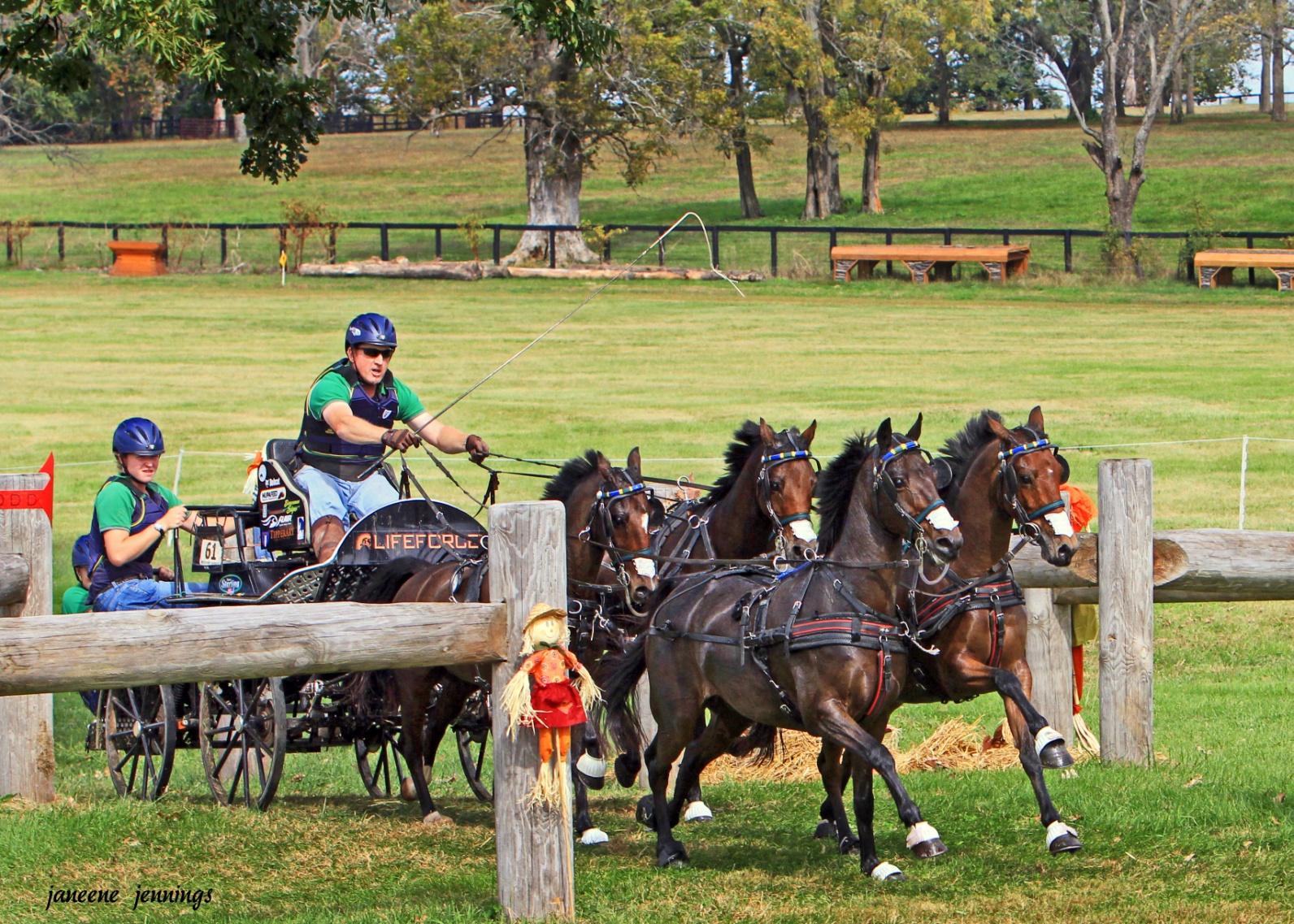Taking Conformation Pictures of Your Sport Horse
by Chris Uhlinger

The pose for the “proper” sport horse conformation photo is derive from the presentation of livestock. It is not too different from the poses used to present a bull or hog for structural evaluation. The intent of the pose (in any type of animal) is to give an accurate picture of the horse’s structure (angulation of shoulders, hips, long bones, etc ) and balance (relationships between body parts). With some modifications, this is the pose used to present most sport horse types, including open jumpers, dressage horses and eventers.
It is preferable to present a horse marketed as a sport horse type in the traditional “livestock” pose, to make it easy for the sport horse rider to understand what they are seeing. Here is an example, and some tips for producing that perfect picture.
The pose used to present a modern saddle horses (Saddlebreds, Morgans, all the gaited horses, with a spill over to Arabians) is quite different from the “livestock” presentation used by other breeds. The “stretched” and “up-headed” poses (variously explained as a strategy to aid mounting, or a way to demonstrate a level croup) used by these breeds can result in really flashy photographs! People familiar with this pose have no trouble using it to evaluate a horse’s conformation. However, this pose can difficult for someone with a sport-horse “mind set” to appreciate and interpret.
Some basic suggestions:
- Plan to spend a lot of time taking these photos. You’ll take A LOT of pictures of your horse moving, with ears back, walking away, etc. These pictures are a lot harder to take than they look!
- Camera quality is not crucial, but the lens can make a difference. Wide angle lens, such as those on some disposable cameras, can cause angular distortion (you may end up with a long backed horse with a really big head!). Usually a lens length of 50-75 mm is best.
- The sun should come over the photographer’s shoulder and shine on the horse. Bright overcast days are the best for taking these pictures.
- Pose the horse on level ground. It is common to try to “improve” the horse by standing him uphill (they do this with cows, too!). It actually fools no one.
- Avoid long grass and distracting backgrounds. It is best to pose dark horses on light backgrounds and light horses on dark backgrounds. (Good luck with those pintos!). Check for distractions in the background.
- The photographer should stand opposite the barrel of the horse, with the camera leveled at the middle of the horse. If you tip the camera (or use a wide lens), distortions can occur.
- The horse should look straight ahead, or slightly at the camera. This lets people look at the horse’s head shape, throatlatch and neck set.
- There are different ideas about how high the head should be in these pictures. Generally, the head should be in “neutral”, not forced down, or in a flashy upright position. Lowering the head generally improves the look of the horse’s back and loin. Sport horse people evaluate “how a horse wears his head” from the way the neck bones intersect at the shoulder and the shape of neck, not from the appearance of “upheadedness”.
- The front leg nearest the camera should be perpendicular to the ground. The other front leg should be just slightly behind, with light showing between them. This allows the evaluation of the shoulder angle, elbow angle, tie in at the knee and pastern angle.
- The hind leg nearest the camera should be perpendicular to the ground. This is very hard to achieve, but critical. Ideally, you want to demonstrate that the horse stands naturally with cannon bones upright, with the point of his hock in a line with his buttock – which implies (but doesn’t guarantee!) that the horse will NOT travel with his hocks out behind him. This pose also allows an evaluation of the horse’s loin coupling, the length of its pelvis, and the critical pelvis/hip/stifle/hock angles.

By the way, this focus on the hind end angles is one reason that sport horse types have trouble “reading” a photo of a horse in a stretched position. There is not much of an interest in the “level loin look” promoted by this pose, and it often makes the evaluation of the pelvic and hind leg angles difficult. Also, this pose makes the horse look longer in the back and less deep in the loin than it actually is – at least to people not use to looking at horses positioned in this manner.
When you get a good picture of your horse send it to me! My email address is cau@emji.net I love looking at pictures!

